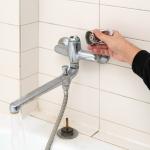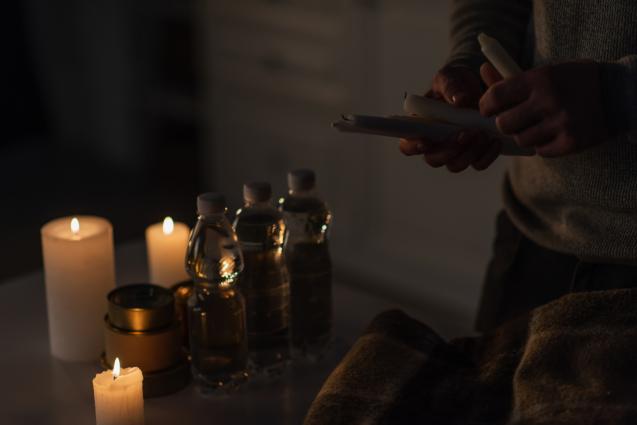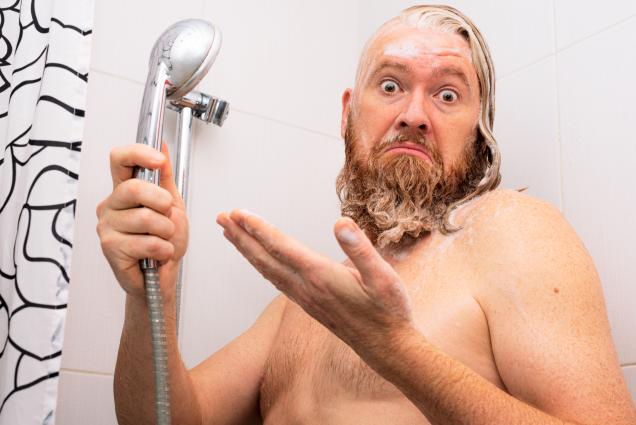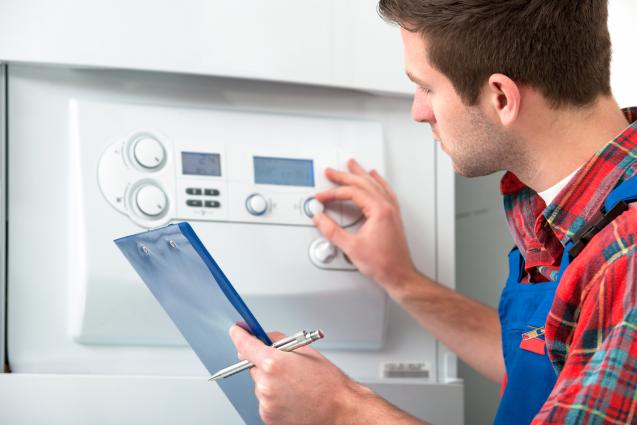
DIY Bathroom Fixes: Understanding What You Can and Can't Tackle
The Basics of Plumbing and Bathroom Fixtures
At the heart of every bathroom, you'll find a collection of fixtures, from toilets and sinks to showers and tubs. While they might seem like complex devices, they operate using straightforward mechanisms. For instance, a toilet operates using a float mechanism wherein the tank remains filled until you flush it—simple, right? Understanding these rudimentary functions makes their maintenance sporadically quite straightforward. Problems like a slowly draining sink or a gurgling shower could merely need a clean drain or a replaced washer.
What You Can Fix in Your Bathroom: Easy DIY Repairs
If your bathroom fixtures aren't performing quite as they should, the good news is there are some easy fixes you can take a stab at. Uneasy about a clogged drain? Tools like a plunger or plumber's snake can be your best mate in the battle against blockages. Binary problems such as a running toilet often only require the adjustment of a fill tube or a float. For a tired looking faucet or showerhead, a DIY replacement can bring about a whole new look. You’re only a quick YouTube tutorial away from regrouting your tiles, giving your bathroom a fresh feel.
Advanced Repairs: Why You Might Need a Professional
However, not all bathroom problems are created equal. Some jobs, like solving leaking shower issues, involve intricate skills and tools that a layperson might not possess. Here, the value of a professional plumber comes into play. Not only can they expertly diagnose and fix the problem, but they also save you from potentially exacerbating the issue or causing new ones. The added peace of mind that you get from knowing the job has been performed professionally is arguably worth every penny.
Tools You'll Need for Bathroom Fixes
While a decent multitool and screwdriver set might be right for most general fixes, there are some specific tools useful for bathroom fixes. For example, a basin wrench can make short work of those tricky to reach nuts under the sink. Likewise, a pipe cutter can help you smoothly replace a section of pipe without leaving jagged edges. Remember, safety is paramount, so good quality safety goggles, gloves, and a sturdy ladder should be part of your home DIY kit. You can easily find video tutorials and safety guidelines online to boost your competence with these tools.
How to Know When to Call a Plumber: Red Flags
If you've tried to tackle bathroom problems yourself but then still see recurring issues such as persistent leaks or visible water damage, take a step back. It's time to call a professional. Plumber costs might make you wince, but the cost of delaying could far exceed the plumber's bill. Water damage can silently yank up costs due to impacts on the structural integrity of your home and potentially hazardous mould growth. Also, remember that DIY isn't always the most economical choice when you tally up tool costs and your time. So when choosing a plumber, ensure you do your due diligence and select someone reputable with solid customer reviews.
Conclusion
Knowing when to roll up your sleeves and tackle bathroom problems yourself and when to call a plumber can save you time, money, and heartache. May your DIY ventures be successful, but remember to stick to what you can handle and prioritise your safety. After all, your goal is to fix issues, not create them. It's commendable to embrace the spirit of self-reliance, but there's virtue too in knowing when to seek professional help. Striking the right balance makes for a smoother-running bathroom and, ultimately, a happier home.



